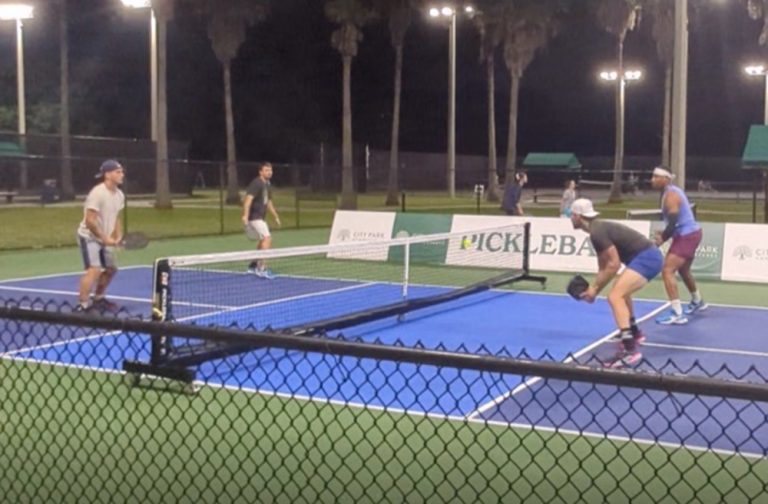Never Show Them Your Knuckles
Your Ultimate Guide to Winning Dinks in Pickleball
Hey there, pickleball enthusiast! Imagine we’re on the court together, and I’m here to share a game-changing tip with you: Never Show Them Your Knuckles. This isn’t just about hiding your hands; it’s about mastering the art of the dink shot, a skill that could drastically improve your game. Let’s dive into why this technique is a must-have in your pickleball arsenal and how you can make it part of your play style.
Understanding “Never Show Them Your Knuckles”
First off, let’s break down what we mean by Never Show Them Your Knuckles. When you’re up close and personal with the net, preparing to dink, the way you hold your paddle makes all the difference. This catchy phrase is all about the orientation of your wrist and paddle. By keeping your knuckles down, you’re ensuring that your paddle face is up, ready to gently lob the ball just over the net into the no-volley zone for your opponent. It’s about finesse, control, and making your opponent work for their return.
Why Keep Those Knuckles Hidden?
You might wonder, why all this fuss about knuckles? Well, let me tell you, it’s the subtleties in pickleball that set the pros apart from the rest. Hiding your knuckles does a few things for your game:
- Control: With your paddle in the right position, you’ve got ultimate control over where that ball lands.
- Deception: Your opponent will have a harder time guessing your next move, keeping you one step ahead.
- Consistency: The more you practice this, the more consistently you’ll land those dinks, making you a formidable player.
Mastering the Knuckle Technique
So, how do you go from knowing to doing? Practice, drill, drill, and more drills. But not just any practice—focused, mindful repetition of the correct technique. Here are some personal tips and drills to get you started:
- Wall Rally Drill: Find a wall and start a solo rally, focusing on your wrist orientation and paddle angle. It’s like playing catch with yourself, but with a pickleball twist.
- Partner Dink Exchange: Grab a friend and practice dinking back and forth, challenging each other to maintain control and use the correct wrist position.
- Dink Target Practice: Place targets in your opponent’s non-volley zone and aim for them. It’s like playing darts, but with your paddle and a pickleball.
Strategic Dinking: The Game Plan
Now that you’re getting the hang of hiding those knuckles, let’s talk strategy. Dinking isn’t just about getting the ball over the net; it’s about setting yourself up for the next shot. Here’s how to make each dink count:
- Vary Your Shots: Keep your opponent guessing by mixing up the depth and speed of your dinks.
- Aim for the Feet: It’s tougher for your opponent to return a shot that’s at their feet. Use this to your advantage.
- Use Angles: Angled shots can force your opponent to move in ways they’d rather not, opening up the court for you.
Keeping It Low: The Fine Art of the Dink
The key to a successful dink? Keeping it low. Here’s how:
- Perfect Your Paddle Angle: The angle of your paddle at contact determines the ball’s trajectory. Aim for just the right amount of lift.
- Control Your Swing: A gentle brushing, controlled swing ensures the ball doesn’t soar higher than you intended.
- Focus on Ball Contact: Hitting the ball at its lowest point allows for a lower trajectory over the net.
Grip Strength: Holding On but Letting Go
Last but not least, let’s talk grip. You might think a tighter grip gives you more control, but it’s actually the opposite. A lighter grip, around a 2 to 3 on a scale of 10, is your best bet for those soft, strategic dinks. It allows for flexibility and finesse, giving you the gentle touch needed to drop that ball just right.
Remember to Never Show Them Your Knuckles
So, there you have it, my fellow pickleball players. By embracing the Never Show Them Your Knuckles technique, you’re not just learning a new way to dink; you’re elevating your entire game. Remember, it’s not about overpowering your opponent with brute force; it’s about outsmarting them with precision, control, and a bit of sneakiness. Now, go out there and show them what you’ve got—just not your knuckles.







